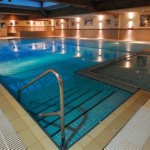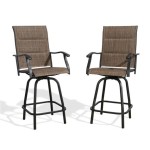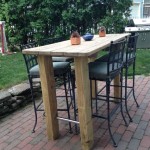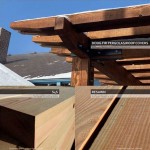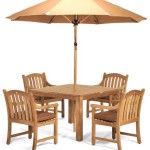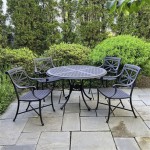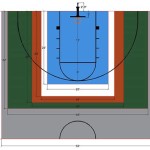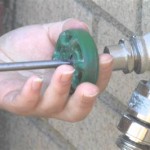Essential Aspects of Outdoor Dog Kennel Buildings
When constructing an outdoor dog kennel building, several critical aspects must be considered to ensure the health, comfort, and safety of your canine companion. These aspects include:
1. Size and Space: The kennel should provide ample space for the dog to move around comfortably, stand up fully, and lie down without feeling cramped. Recommended minimum dimensions are 6 feet long, 4 feet wide, and 4 feet tall for medium-sized dogs, with larger or smaller sizes as needed for different breeds.
2. Ventilation: Proper ventilation is crucial for maintaining a healthy environment within the kennel. Ample airflow helps regulate temperature, remove odors, and prevent respiratory issues. Ensure there are vents or windows on at least two sides of the kennel, providing cross-ventilation.
3. Insulation: In extreme temperatures, insulation can help moderate the interior temperature of the kennel. Insulation materials such as fiberglass, cellulose, or foam can be installed in the walls and roof to prevent heat gain or loss, providing a comfortable environment for the dog.
4. Roofing: The kennel roof should be sloped to prevent water accumulation and provide adequate drainage. Choose durable materials that withstand weather conditions, such as asphalt shingles, metal roofing, or treated wood. Ensure proper overhangs to protect the walls from moisture.
5. Flooring: The flooring should provide a non-slip surface for the dog's safety and comfort. Concrete, pavers, or rubber mats are excellent choices. Avoid using materials that can cause injuries or become too hot or cold for the dog.
6. Security: Keep your dog safe from predators and escape attempts by installing a sturdy enclosure with secure latches and locks. Wire mesh or chain-link fencing can be used, ensuring it is high enough to prevent the dog from jumping or climbing over.
7. Drainage: Provide proper drainage to prevent water from accumulating inside the kennel, which can lead to dampness, odor, and health issues. Dig drainage ditches around the perimeter of the kennel, ensuring water flows away from the structures.
8. Cleanup: Designing the kennel with easy-to-clean surfaces will make maintenance convenient. Choose materials that can be swept, hosed down, or disinfected regularly to maintain a hygienic environment for your dog's well-being.
9. Aesthetics: While functionality is the priority, consider the aesthetic appeal of the kennel to complement your outdoor space. Natural materials like wood or stone can blend seamlessly with surroundings, while painted finishes or architectural details can enhance its visual charm.
10. Customization: Tailoring the kennel to your dog's specific needs may involve adding features such as a raised platform for older dogs, a digging pit for active breeds, or a shaded area for dogs sensitive to sunlight. Personalizing the kennel provides an optimal living environment for your beloved pet.

Outdoor Dog Kennels For Stoltzfus Structures

Diy Building The Perfect Dog Kennel Gun

Dog Houses For House Kennels

Custom Size Outdoor Dog Kennels For In Georgia Free

21 Best Dog Kennel Outdoor Ideas

25 Best Outdoor Dog Kennel Ideas The Paws House And Run

Custom Dog Kennels Outdoor Homes For Your Furry Friends

Comfortable Dog Kennels Quality Storage Buildings

Quality Dog Kennels For 12 Dogs The Kennel Collection

Outdoor Dog Kennel Sheds For Countryside Barns

